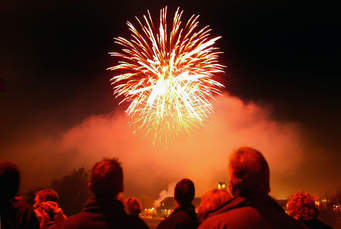Bonfire Night: what you can and cant burn!

The D7 exemption allows you to burn plant tissue and untreated wood waste from joinery or manufacturing in the open air.
Type of activity you can carry out
This includes:
- a landscape gardener has trimmed hedges and branches and wants to burn them on a bonfire at the same place
Types of activity you cannot carry out
You cannot:
- burn other types of waste other than those listed below
- bring waste from elsewhere to burn
- burn treated wood waste or wood waste coming from any source other than listed
- use this exemption to burn waste in an incinerator for disposal (see related exemptions)
- use this exemption to burn waste in a boiler to produce heat and power (see related exemptions)
Householders burning their own garden waste do not need to register any waste exemptions.
Types of waste you can treat
The waste codes are those listed in the List of Wastes (LoW) Regulations. You need to make sure your waste fits within the relevant waste code and description.
| Waste code | Type of waste |
|---|---|
| 020103, 020107, 200201 | Plant tissue |
| 030105 | Sawdust, shavings and cuttings from untreated wood only |
| 030301 | Waste bark and wood |
Quantity of waste you can treat
You can:
- burn up to 10 tonnes of waste in any 24 hour period
- store up to 20 tonnes of waste at any one time
- store waste for up to 6 months before burning, to allow certain wood waste to dry out
Key conditions
The burning must take place on open land, not in an incinerator or a building.
You should be careful to position the bonfire where it will not cause nuisance to neighbours through excessive smoke or odour.
The burning must take place only at the place where the waste is produced.
